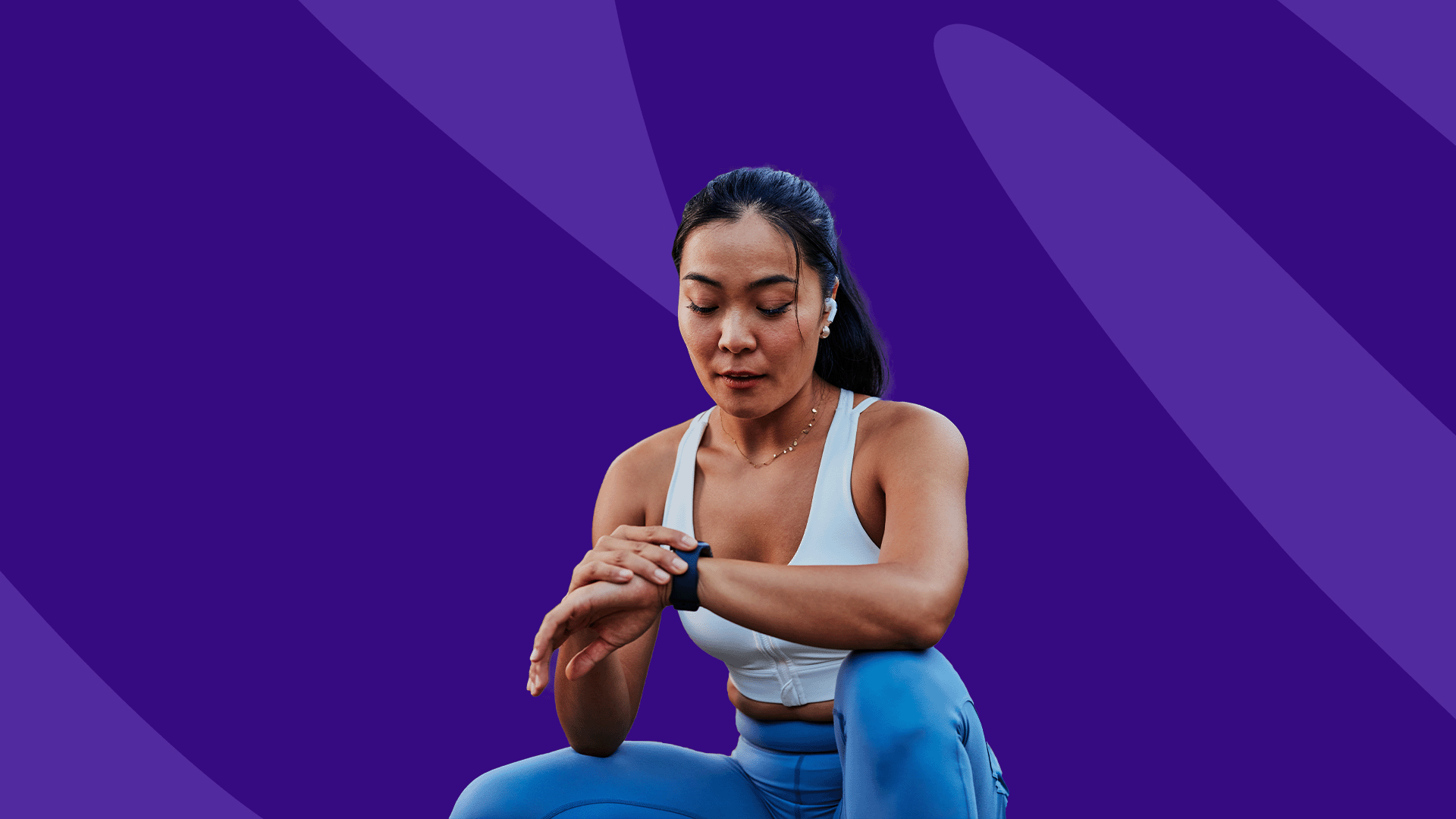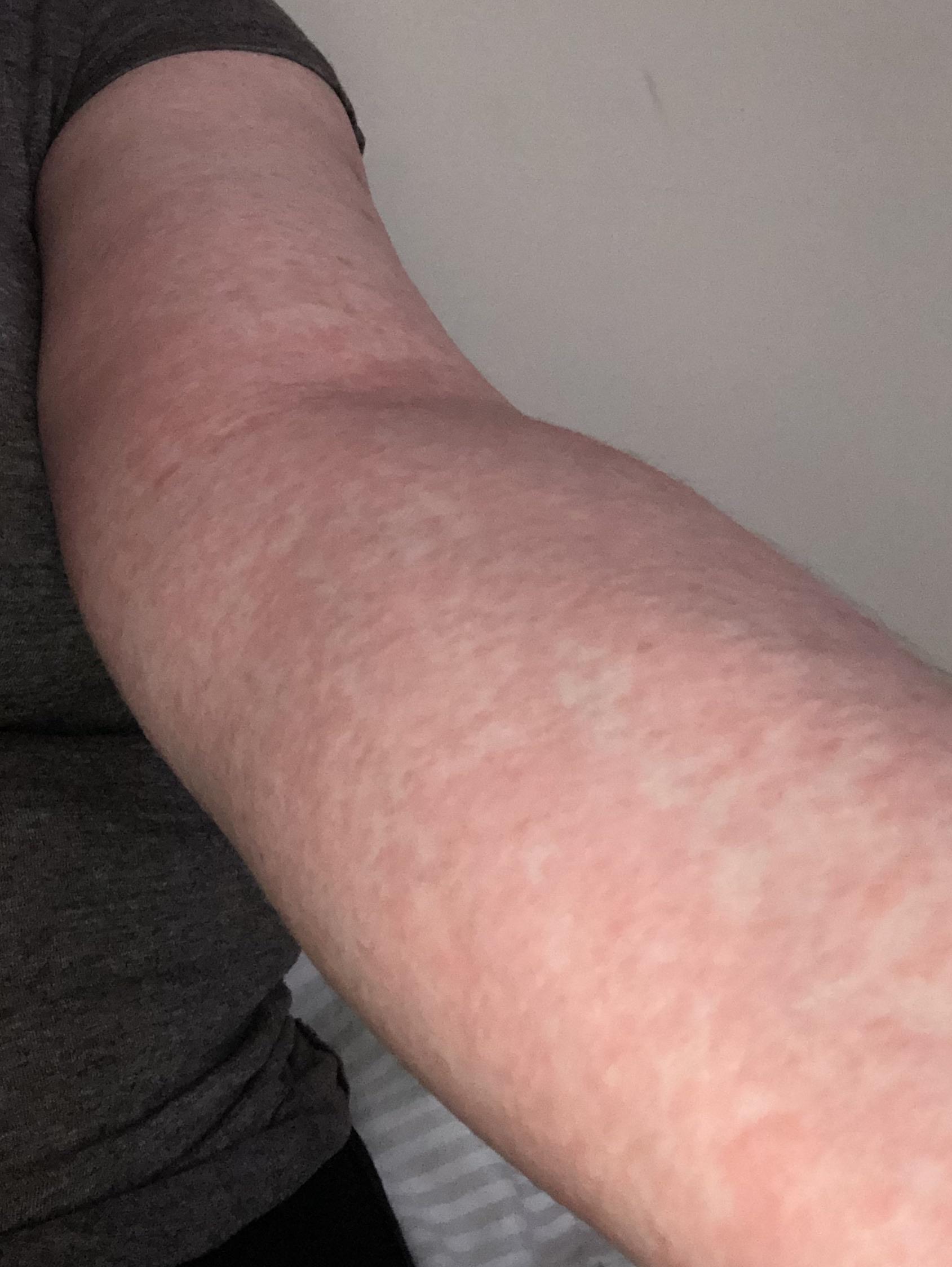Title: Understanding the Causes and Solutions for Post-Workout Hives
Meta Tag Description: Curious about why your body breaks out in hives after a workout? Discover the underlying causes, potential triggers, and effective solutions in this expert review for readers in the US.
Introduction:
Experiencing hives after a workout can be a perplexing and uncomfortable phenomenon. While exercise is generally considered beneficial for our overall health, some individuals may notice an unwelcome skin reaction following physical exertion. In this comprehensive review, we will explore the reasons behind this post-workout hives condition, common triggers, and potential remedies. Whether you're an athlete, fitness enthusiast, or simply someone curious about this phenomenon, this article aims to provide expert insights in an easy-to-understand manner.
Understanding Post-Workout Hives:
Hives, scientifically known as urticaria, are itchy, raised welts on the skin that often appear in clusters. They are caused by the release of histamine, a chemical produced by the body's immune system in response to an allergen or irritant. In the context of exercise-induced hives, the immune system mistakenly identifies certain triggers associated with physical activity as harmful substances.
Common Causes and Triggers:
1. Heat and Sweat:
Why do I get hives after I workout?
The lesions are likely the result of an increased body temperature that leads to capillary vasodilation and transudation of fluid into the superficial dermis. Three different types of exercise-induced urticaria have been described: cholinergic urticaria, classic EIA, and variant EIA [1,2].
Why do I break out in hives when I sweat?
What is it? Heat urticaria, also called cholinergic urticaria, refers to hives caused by increased core body temperature due to active or passive body warming. The most common causes are exercise, strong emotions, hot ambient temperatures, spicy foods, and bathing in hot water.
Is it normal to get rashes when working out?
Skin rashes that result from exercise are typically a result of your body's natural reaction to exercise or environmental factors. Your skin naturally releases histamines when exercising.
How long does it take for exercise-induced urticaria to go away?
You should stop exercising as soon as the hives are noted. If they do not go away in five to 10 minutes, or if you have other symptoms, stop exercising and call your doctor. In some people, eating certain foods before exercise may make symptoms more likely to occur.
How do you prevent hives when exercising?
Most importantly, you want to keep your skin cool to prevent a rash from forming. If you are still sweating a lot during exercises, try to wear loose clothes that won't make you sweat more. After your workout, take a cool shower and use a cool washcloth over your skin.



I wasn’t going to share (the pics disturb me) but thought that if anyone else out there has had mystery hives after a workout…then maybe this would be helpful. pic.twitter.com/lJkx6Mc5S8
— ❤ Cassey Ho ❤ (@blogilates) May 9, 2022
What does exercise rash look like?
Exercise-induced urticaria is an allergic skin reaction brought on by exercise. It generally produces hives and other allergic symptoms. The hives, or welts, are large, raised bumps on the skin. They can occur on any part of the body.
Frequently Asked Questions
Why do I break out in a rash when I sweat?
Heat rash develops when a duct that leads from a sweat gland to the surface of the skin is blocked or inflamed. This then blocks the opening of the sweat duct on the surface of the skin (sweat pore). Instead of evaporating, sweat is trapped beneath the skin, causing irritation and bumps on the skin.
Why do I get rashes when I exercise?
The clothing you wear during exercise can play a role in the emergence and severity of rashes and hives. Simply put, tighter clothing traps more sweat and heat and increases friction against your skin (which is why an inner thigh rash is so common in those who run while wearing tight-fitting pants).
How do you get rid of exercise-induced urticaria?
Exercise-induced urticaria treatment
Medicines, such as antihistamines, can prevent and treat some symptoms. In severe cases, symptoms may be life threatening, but this is rare. If you've ever had severe symptoms, your doctor may prescribe a medicine called epinephrine. This is more commonly known as an EpiPen.
Why do I come out in hives when I exercise?
The lesions are likely the result of an increased body temperature that leads to capillary vasodilation and transudation of fluid into the superficial dermis. Three different types of exercise-induced urticaria have been described: cholinergic urticaria, classic EIA, and variant EIA [1,2].
What helps exercise-induced urticaria?
Currently, antihistamines, as a single agent or in combination with other agents, may be helpful prophylactically in both groups. Avoidance of precipitating factors, modification of exercise, and use of a self-injectable epinephrine kit are recommended for patients with anaphylaxis.
Why did I have an allergic reaction while running?
In rare cases, anaphylaxis is caused by physical activity. A combination of exercise and other contributing factors such as food, weather conditions, or medications can cause exercise-induced anaphylaxis.
Should I stop exercising if I get hives?
You should stop exercising as soon as the hives are noted. If they do not go away in five to 10 minutes, or if you have other symptoms, stop exercising and call your doctor. In some people, eating certain foods before exercise may make symptoms more likely to occur.
FAQ
- Why am I getting hives at the gym?
- The release of histamines that occurs during exercise, combined with the increase in body temperature and sweat gland activity, can trigger an autoimmune response (i.e. allergic response) that results in rashes and other skin issues.
- Why does my body break out in hives when I sweat?
- Cholinergic urticaria (heat bumps) can occur when a person's core body temperature rises. Possible causes include exercise, stress, weather, and eating spicy foods. Small, round, itchy papules appear that usually fade within an hour.
- Why is my skin itchy since starting gym?
- Barring any mildew or mold growth on your neglected workout clothes, it's likely the itch is related to an exercise-induced histamine response. Histamine is a substance found in the body that's most commonly associated with allergic reactions, itching, and inflammation.
- Can you be allergic to the gym?
- Exercise-induced allergic reactions occur during or after exercise. Exercise can trigger or worsen asthma or, rarely, a severe allergic (anaphylactic) reaction. Doctors usually base the diagnosis on symptoms and their relationship to exercise.
- Why do I get red spots on my skin when I workout?
- Ultimately, it is a reaction from your body to an increase in your body temperature. It typically results in hives surrounded by large patches of red skin and is induced by sweating during a workout. The skin affected by the sweat rash is often itchy and warm to the touch.
- Why is my skin blotchy after working out?
- Dilated blood vessels also allow the blood to dissipate its heat to the skin, which helps cool the body. Vasodilation and increased blood flow to exercising muscles can often result in the appearance of blotchy patches of skin. Once circulation returns to its normal state, these areas disappear.
- Why does my body start itching when I exercise?
- In response, your capillaries and arteries expand to accommodate the amount of blood moving through the body. This process stimulates surrounding nerve cells and sends a signal to your brain. Interestingly, your brain translates this signal as the need to itch. There's not much you can do to change this process.
Hives when i workout
| Why am I breaking out in a rash when I workout? | The clothing you wear during exercise can play a role in the emergence and severity of rashes and hives. Simply put, tighter clothing traps more sweat and heat and increases friction against your skin (which is why an inner thigh rash is so common in those who run while wearing tight-fitting pants). |
| Is exercise-induced urticaria rare? | A research done by Mayo Clinic in 1997 suggested that exercise-induced urticaria was extremely rare–however cases were increasing with time. They found that women were more likely than men to experience this condition, and most of them had a history of asthma, eczema or allergic reactions to airborne allergens. |
| Why do I breakout in hives when I workout? | The lesions are likely the result of an increased body temperature that leads to capillary vasodilation and transudation of fluid into the superficial dermis. Three different types of exercise-induced urticaria have been described: cholinergic urticaria, classic EIA, and variant EIA [1,2]. |
| Is it normal to randomly break out in hives? | There are actually a wide variety of things that can cause hives, including stress, colds, exercise, and temperature changes. Chronic hives can point to an underlying condition such as lupus. An allergist can help you determine the cause of your hives and start treatment. |
| How long do exercise induced hives last? | Most commonly, jogging and running have been described as the inciting activity. Activities such as dancing, volleyball, skiing and even yard work also have been implicated. Symptoms typically last from 30 minutes to four hours after the cessation of exercise. |
| Why do I get hives when I exercise? | The lesions are likely the result of an increased body temperature that leads to capillary vasodilation and transudation of fluid into the superficial dermis. Three different types of exercise-induced urticaria have been described: cholinergic urticaria, classic EIA, and variant EIA [1,2]. |
- Why do I get hives when I get worked up?
- There can be a number of hormonal or chemical changes that occur in response to stress. These changes can trigger blood vessels to expand and leak, causing red and swollen patches of skin. The resulting hives can be made worse by: consumption of alcohol or caffeine.
- Why does working out trigger my allergies?
- In the same vein, if you are working out at a gym, it's possible that you are allergic to something there, such as the chemicals they use to clean. It follows then that the harder you work out, the more your breathing deepens and speeds up, causing you to inhale more of the allergens.
- How do you prevent sweat hives?
- Try to avoid heat and humidity; stay in air conditioning or near a fan, and make sure there is good ventilation. Keep the skin dry. Try to wear loose cotton clothing which can help prevent you overheating and making the itch worse. Avoid fabrics which irritate your skin, like wool or scratchy fabrics.
- Why do I break out in hives after work?
- An allergic reaction usually triggers hives, but they can also be caused by other situations such as stress, anxiety, or exercise. Hives are a reaction to the release of mast cells into the bloodstream, which unleashes the chemical histamine.
- Why am I breaking out in hives but not allergic to anything?
- Allergens typically cause hives. However, unexpected causes may include environmental temperatures, stress, health conditions such as lupus or thyroid disease, and exercise. If your hives don't go away or you experience other symptoms such as throat swelling or feeling faint, seek medical care.
- Break out in hives when i workout
- Oct 15, 2001 — You should stop exercising as soon as the hives are noted. If they do not go away in five to 10 minutes, or if you have other symptoms, stop

